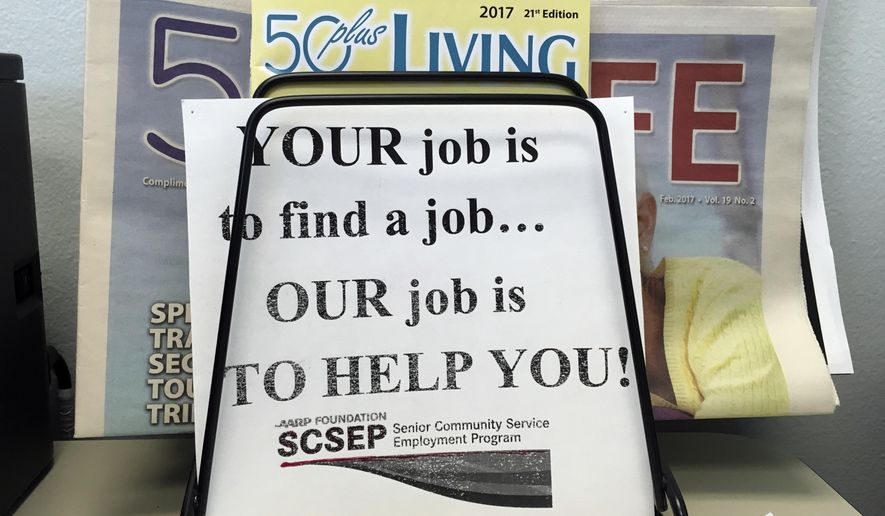The White House said Thursday that America has “largely” won its war on poverty, as the administration called for expanded work requirements for people receiving Medicaid, food stamps and other forms of welfare.
The Council of Economic Advisers said in a report that the vast majority of people in the U.S. have enough to eat, that homelessness is “rare,” and the U.S. economy is surging, with unemployment near a record low of 4 percent.
“Based on historical standards of material well-being and the terms of engagement, our war on poverty is largely over and a success,” the report said. “Now is the ideal time to expand carefully designed work requirements to non-cash welfare programs.”
The 66-page report conflicts dramatically with a United Nations investigation last month saying that poverty in the U.S. is extensive and deepening under the Trump administration. Philip Alston, a U.N. specialist on extreme poverty, said U.S. policies since President Lyndon Johnson’s war on poverty in the 1960s have been “neglectful at best.”
“But the policies pursued over the past year seem deliberately designed to remove basic protections from the poorest, punish those who are not in employment and make even basic health care into a privilege to be earned rather than a right of citizenship,” Mr. Alston said.
The U.N. report said nearly 41 million people, or 12.7 percent, live in poverty, with 18.5 million in extreme poverty.
The U.S. Census Bureau said the official poverty rate in 2016 was 12.7 percent, or about 43.1 million Americans.
The White House report said income-based measures of poverty aren’t accurate, and that measuring household consumption gives a more accurate picture of poverty. The CEA said between 1961 and 2016, consumption-based poverty in the U.S. fell from 30 percent to 3 percent. That translates to fewer than 10 million people living in “consumption poverty.”
“This likely even understates the reduction in material hardship as it omits the consumption-value of increased public expenditure on healthcare and education for the poor,” the White House said.
The administration called for work requirements on non-cash welfare programs as a way to increase household income and address declining “self-sufficiency” in the U.S.
In 2016, state and federal governments spent about $704 billion on Medicaid, food stamps, housing assistance programs cash-assistance welfare programs. Medicaid was by far the largest cost, $566 billion for 71 million beneficiaries, after a significant expansion under Obamacare.
Food stamps were the second-largest non-cash welfare program, providing food assistance to 44 million people at a cost of $71 billion to the federal government in 2016. The benefits are loaded onto a debit card, with a maximum monthly benefit for a family of three of $504.
The CEA said although there is still much debate about the causes of low employment among welfare recipients, “the increasing access to and take-up of welfare programs has likely played an important role in discouraging self-sufficiency.”
“Challenges remain in strengthening self-sufficiency among those receiving welfare benefits and ensuring that those society expects to work actually do so,” the report said.
• Dave Boyer can be reached at dboyer@washingtontimes.com.




Please read our comment policy before commenting.